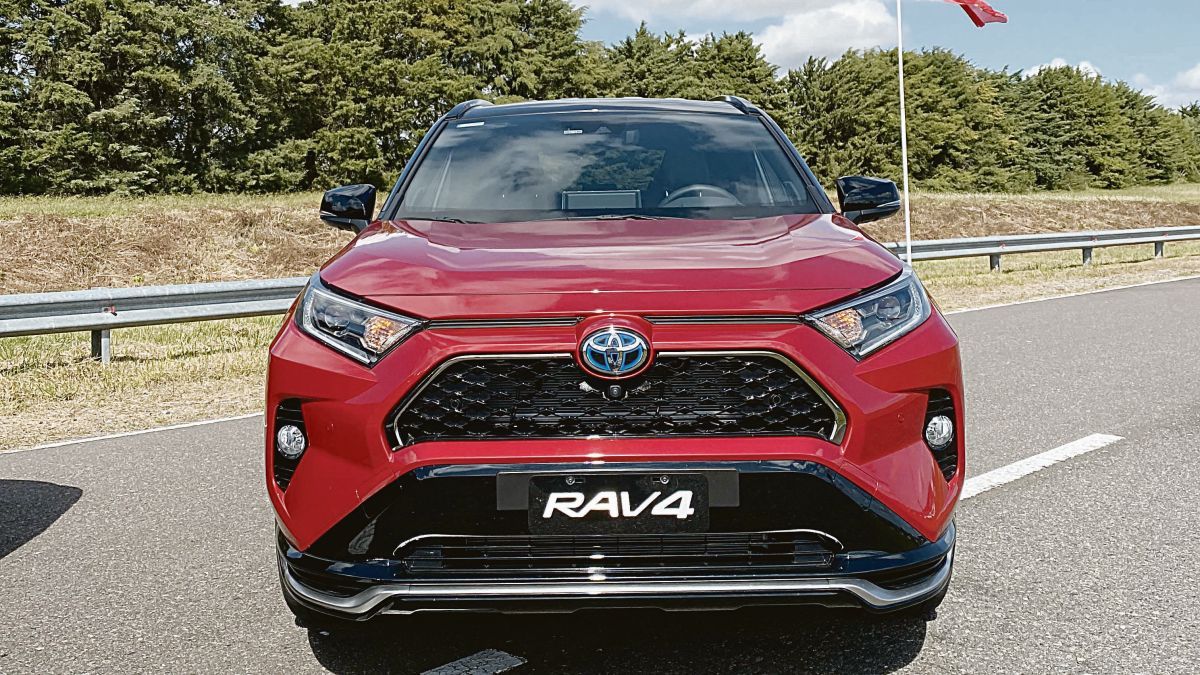For Toyota, leader in hybrid vehicles since the appearance of the Prius – it monopolized the sale of electrified vehicles in Argentina with an 88% share in the first half -, this technology appears today as the main one in the short term to reduce emissions. A bridge to electrification, says Toyota, by conventional hybrids, which have the advantage of not needing a specific charging network, since the batteries are nourished by the energy regeneration of braking and the combustion engine. That they are self-recharging is a central point, especially in countries such as those in the region that do not have a developed infrastructure for recharging electricity. In this sense, in addition to an expansion of the charging networks, Toyota mentions the need for the energy matrix to move towards clean and renewable generation, as well as a reconversion of the value chain. The automaker’s data indicates that a hybrid uses 50% less fuel and that every three hybrids sold is equivalent to withdrawing a combustion vehicle from the market. In addition to the Prius, the first hybrid to be launched in the country in 2009, today Toyota offers Corolla, Corolla Cross, RAV4, CH-R, and the entire range of Lexus, the group’s luxury division, in the country.
The next step is plug-in hybrids. That is, plug-in hybrids, which the brand does not yet offer in the country. On the test track of the Zárate plant, a test of a RAV4 was carried out with this system, which has as a prominent axis that it can be recharged externally to have a 100% electric autonomy of 75 km. However, even without an electrical charge, they can work with their hybrid motorization. In short: 100% electric driving for short journeys. Hybrid driving for long distances.
Likewise, Toyota advances with 100% electric through models such as Bz4X or Lexus UX. The first, presented this year, is the first of an escalation that aims to reach 30 zero-emission models by 2030. And it continues with a particular technology, such as the Fuel Cell Electric Vehicles, which run on hydrogen -they are also electric vehicles-, and that in Toyota translates into the Mirai model (not offered in the country), also tested at the Zárate plant.
Source: Ambito
David William is a talented author who has made a name for himself in the world of writing. He is a professional author who writes on a wide range of topics, from general interest to opinion news. David is currently working as a writer at 24 hours worlds where he brings his unique perspective and in-depth research to his articles, making them both informative and engaging.




